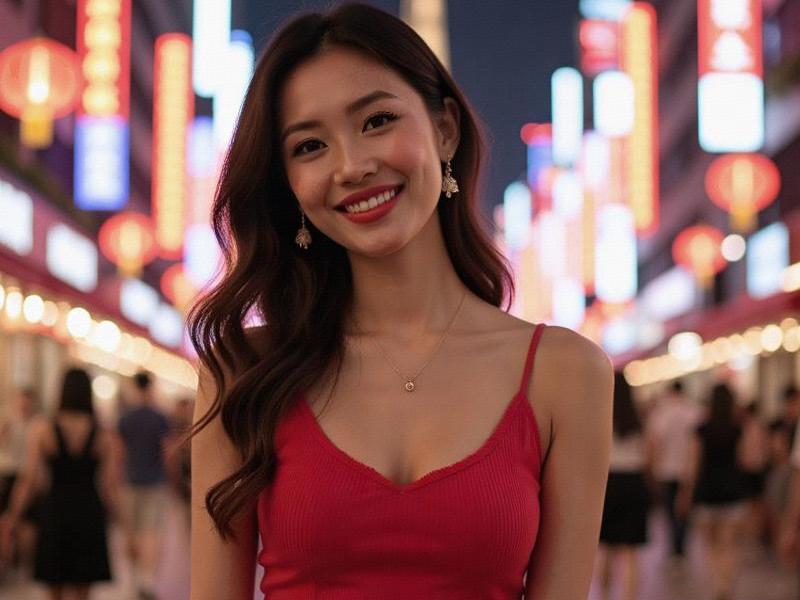This feature explores Shanghai's remarkable transformation from financial hub to cultural powerhouse, examining how world-class museums, avant-garde galleries and creative districts are redefining China's global city.

The line snakes around the West Bund Museum Plaza at 8:30 AM on a Saturday morning - not for a tech product launch, but for the opening of the Yuz Museum's groundbreaking "Digital Silk Road" exhibition. This scene encapsulates Shanghai's cultural metamorphosis in 2025, where art attendance now rivals stock market enthusiasm.
The Museum Boom
Shanghai's cultural infrastructure explosion:
1. West Bund Cultural Corridor:
- 18 new museums opened since 2022
- 4.2 million annual visitors to Long Museum
- Power Station of Art named Asia's most innovative gallery
2. Specialized Institutions:
- China Comic & Animation Museum (world's largest)
- Shanghai Sound Museum (interactive audio experiences)
- Fashion Heritage Center (documenting 150 years of style)
阿拉爱上海
The Creative Economy Surge
Cultural sector growth metrics:
• 37% increase in art-related startups since 2023
• Contemporary art market volume up to $2.1 billion annually
• 82 international galleries now operating in Shanghai
Neighborhood Transformations
How culture reshaped urban spaces:
- M50 art district expanded to 3.5km along Suzhou Creek
- Tianzifang's traditional shikumen now house VR ateliers
上海龙凤阿拉后花园 - The Bund's historic banks converted into cultural venues
Global Cultural Exchange
Shanghai's international programming:
1. Shanghai Biennale:
- Attracted 1.2 million visitors in 2024
- Featured 47 country pavilions
- Introduced AI-curated exhibition wings
2. Creative Partnerships:
- Joint productions with Paris Opera
- Metropolitan Museum satellite location
419上海龙凤网 - Tate Modern exchange program
Challenges and Controversies
Balancing growth with authenticity:
- Gentrification displacing local artists
- Commercialization of traditional crafts
- Censorship debates in avant-garde circles
As Shanghai prepares to become UNESCO's next "City of Design" in 2026, its cultural ascent represents more than museum construction - it signals China's soft power evolution. From the experimental theaters of Jing'an to the digital art collectives in Pudong, Shanghai isn't just consuming culture; it's rewriting the rules of creative expression for the Asian century.
"Culture has become Shanghai's new currency," observes cultural minister Fang Shizhong. "Where bankers once traded stocks, they now trade ideas." The city that gave us the Bund skyline now offers something more valuable - a vision of how economic might and creative vitality can coexist.